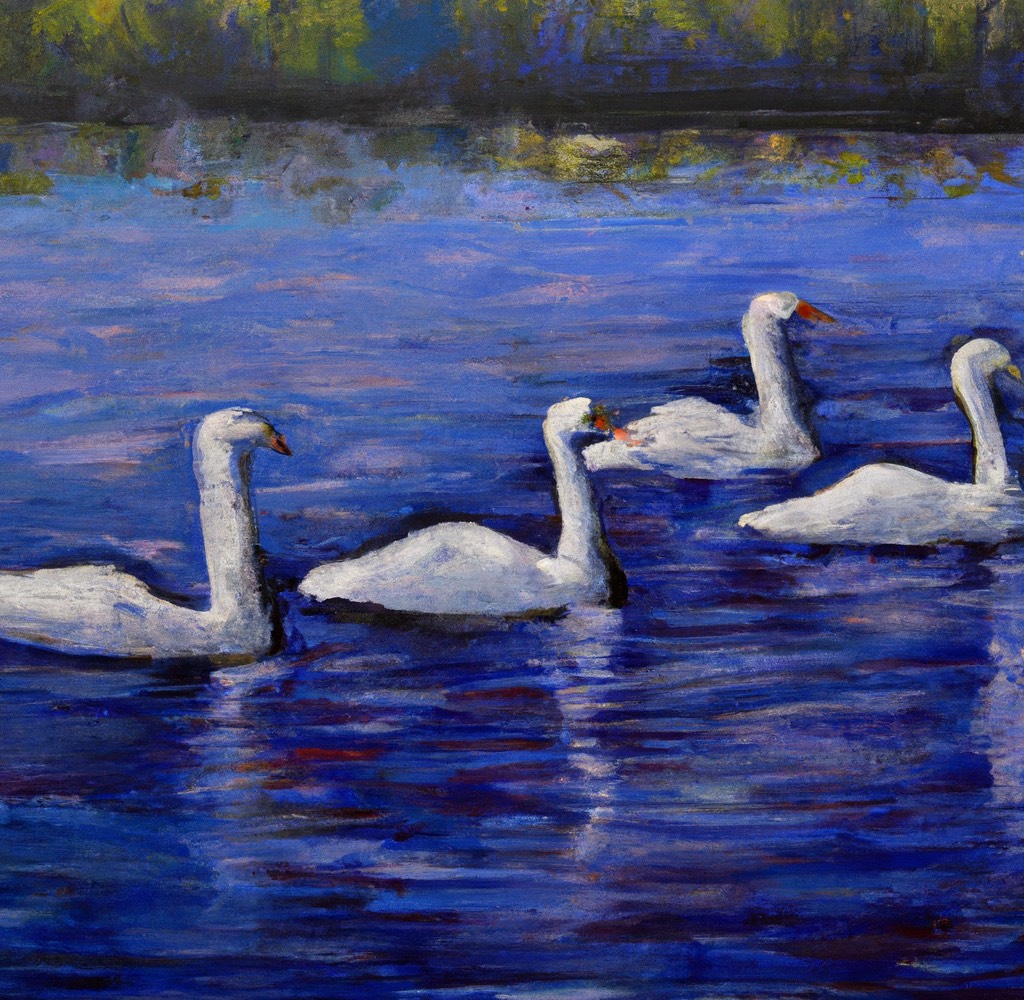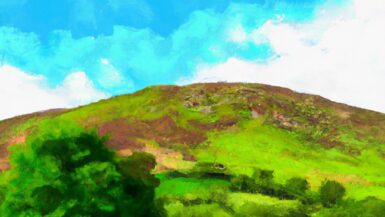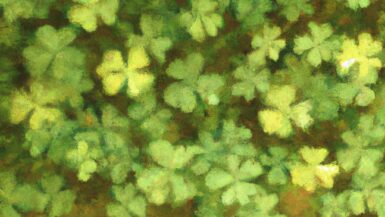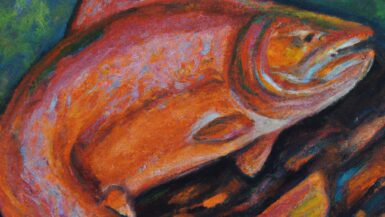“The Children of Lir” is a timeless Irish legend, an integral part of the Mythological Cycle, which comprises the ancient body of work known as Irish Mythology. Often referred to as the Irish Ovid, the tale is a poignant narrative of love, betrayal, and transformation, elegantly weaving human emotions with the ethereal elements of fantasy and magic.
Early Documentation: Lebor Gabála Érenn
The earliest known written account of “The Children of Lir” is found in the Lebor Gabála Érenn or The Book of the Taking of Ireland, compiled in the 11th century. However, the story’s roots stretch back to the oral tradition, with elements possibly dating back to pre-Christian times. The tale, passed down from generation to generation, was finally chronicled in medieval manuscripts by Christian monks, who often introduced their own influences into the narratives.
The Tale: A Synopsis
The story revolves around Lir, a powerful lord of the Tuatha Dé Danann, a mythical race in Irish mythology, who, after losing his wife, marries Aoife. Aoife, out of jealousy for the love Lir has for his four children from his previous marriage, uses her magic to transform them into swans. This cruel spell lasts for 900 years, during which the children retain their human minds and voices, adding an element of profound tragedy to the tale.
Characters and Themes
Lir: The Tragic Patriarch
Lir is portrayed as a loving father, a respected lord, and a tragically bereaved husband. His profound love for his children stands as a testament to his character. His helplessness in the face of Aoife’s spell, despite his stature, adds a deeply human element to his character, making him relatable and sympathetic.
Aoife: The Jealous Stepmother
Aoife’s character brings the element of jealousy and betrayal into the narrative. However, her act of transforming the children into swans, while cruel, is not entirely without remorse. She is eventually punished for her actions, a common theme in folklore representing the moral code of justice.
The Children: Symbols of Endurance
Fionnuala, Aodh, Fiachra, and Conn are the children of Lir turned into swans. Their characters embody innocence, endurance, and unyielding hope. Despite the harsh punishment, they remain dignified, retaining their voices to sing beautiful songs, which bring joy and solace to those who hear them.
Historical and Cultural Context
“The Children of Lir” is not merely a fantasy tale; it provides insights into the societal and cultural contexts of the time. The story reflects the Celtic belief in shape-shifting and the human-animal transformations that are common in many ancient cultures. This transformation is often symbolic of deeper spiritual or psychological changes.
The story also incorporates the Christian influence of the time. The children’s transformation ends only after hearing a Christian bell, signaling the arrival of Saint Patrick and Christianity to Ireland. The fusion of pagan and Christian elements is common in Irish mythology, highlighting the transition of Irish society from paganism to Christianity.
Literary Influence and Legacy
“The Children of Lir” has left an indelible mark on Irish literature and beyond. W.B. Yeats, a Nobel laureate and one of Ireland’s most celebrated poets, referenced the tale in his works, thus introducing it to a global audience.
The tale has been adapted into various formats over the years, including operas, plays, and children’s books. Its themes have been explored in modern contexts, highlighting its timeless relevance.
Artistic Representations
The tale has not only influenced literature but also visual arts. The image of
the four swans has been iconized in various artistic representations. Notably, there is a beautiful sculpture depicting the children of Lir in the Garden of Remembrance in Dublin, Ireland. This piece was designed by Oisín Kelly and unveiled in 1971 as a symbol of rebirth and resurrection, resonating with the themes of the legendary tale.
Folklore and National Identity
“The Children of Lir” has become an integral part of Irish national identity. The tale is inextricably linked to Irish folklore and has significantly influenced the country’s cultural and artistic heritage. It is taught in schools, narrated at festivals, and referenced in everyday conversation, underscoring its cultural significance.
Cultural Festivals and Commemorations
The tale has inspired cultural events and festivals. In Ballycastle, Northern Ireland, the annual ‘Ould Lammas Fair’ features a reenactment of the story. The ‘Children of Lir Festival’ is a prominent event in Irish cultural celebrations, where performances and storytelling bring the ancient tale to life for contemporary audiences.
Modern Interpretations and Adaptations
Over the centuries, “The Children of Lir” has been retold and reinterpreted numerous times. Modern renditions have often focused on exploring the psychological and emotional aspects of the story. The characters’ motivations, particularly Aoife’s jealousy and the children’s resilience, have been examined in depth to reflect on human nature and relationships.
In the realm of popular culture, the tale has been adapted into various formats. Children’s books have retold the story with vibrant illustrations and accessible language. In music, Irish band Clannad’s album “Legend” includes a track titled “Children of Lir,” a haunting, ethereal piece that reflects the melancholic beauty of the tale.
There have also been film adaptations that bring the story to a wider audience. One of the notable adaptations is “Song of the Sea,” an animated film inspired by the legend, which has received critical acclaim for its narrative and visual style.
The Children of Lir in Contemporary Discourse
In contemporary discourse, “The Children of Lir” is often interpreted as a metaphor for Ireland’s struggles and resilience through history. The children’s transformation into swans and their subsequent hardships are seen as symbolic of Ireland’s trials during times of conquest and colonization. Their eventual return to human form, coinciding with the advent of Christianity, is viewed as a metaphor for rebirth and liberation.
The tale’s enduring popularity underscores its universal themes and its capacity to inspire various interpretations across different contexts. From academic discourse to popular culture, “The Children of Lir” continues to be a subject of interest, its narrative echoing through the corridors of time, underscoring the power of storytelling in preserving cultural heritage and shaping national identity.
The Tale’s Influence Beyond Ireland
While the tale is firmly rooted in Irish culture, its influence extends beyond the shores of Ireland. The universal themes of love, jealousy, betrayal, and transformation resonate with audiences worldwide. It has been translated into numerous languages, allowing it to reach a global audience.
In conclusion, “The Children of Lir” is not just a tale, but a cultural icon that stands as a testament to Ireland’s rich folklore tradition and historical evolution. Its narrative richness, historical significance, and universal themes ensure its continued relevance, captivating audiences with its poignant portrayal of love, betrayal, and transformation.






Leave a reply